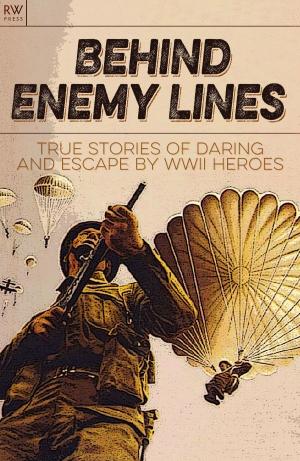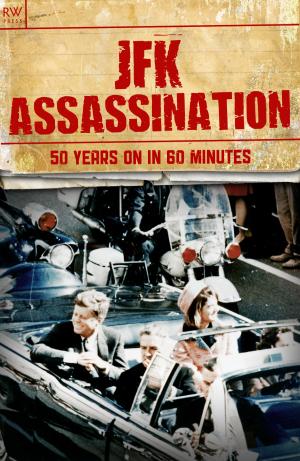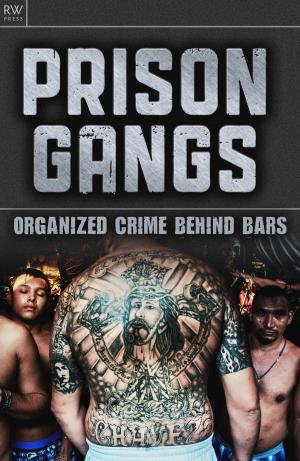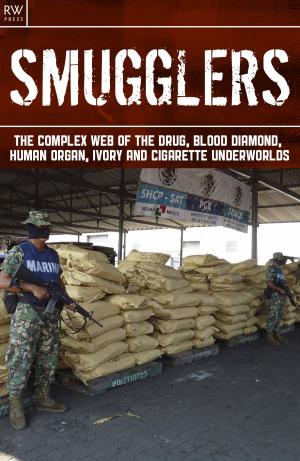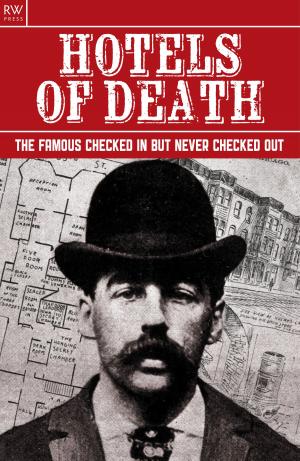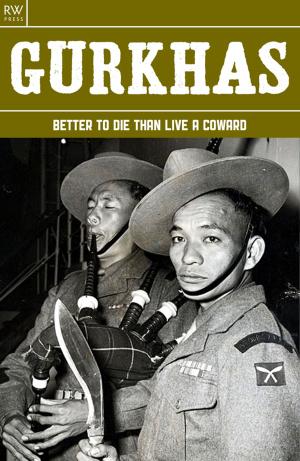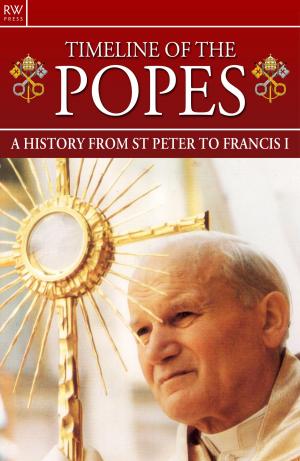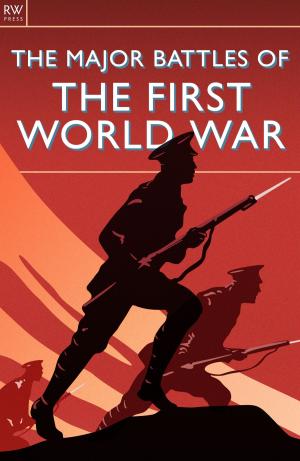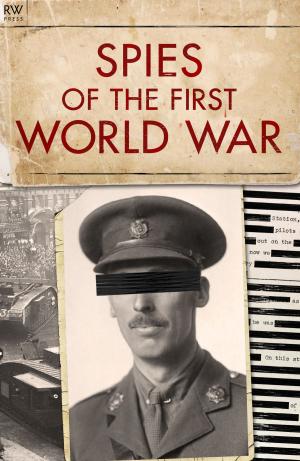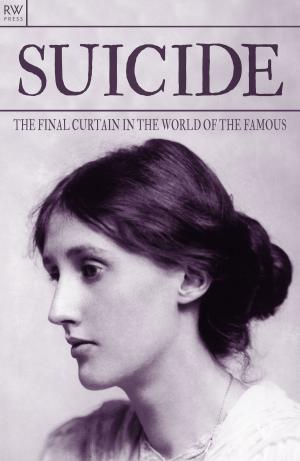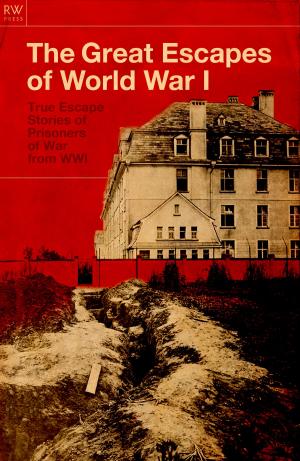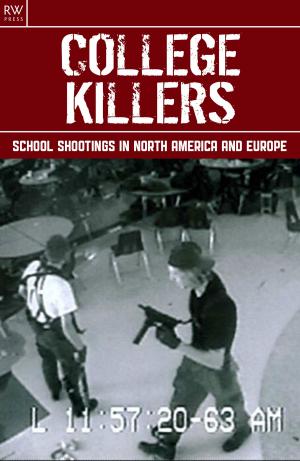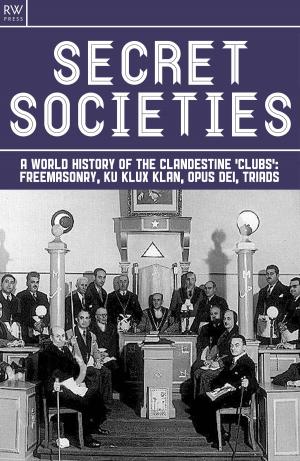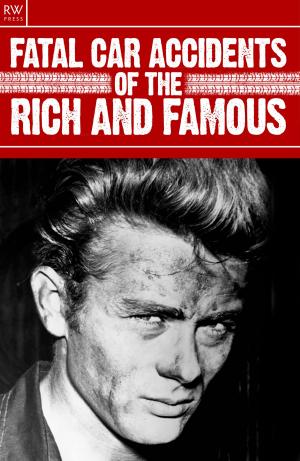Paratroopers
Ready for Anything – From WWII to Afghanistan
Nonfiction, History, Reference, Military, World War II| Author: | Freya Hardy | ISBN: | 9781909284036 |
| Publisher: | RW Press | Publication: | January 10, 2013 |
| Imprint: | RW Press | Language: | English |
| Author: | Freya Hardy |
| ISBN: | 9781909284036 |
| Publisher: | RW Press |
| Publication: | January 10, 2013 |
| Imprint: | RW Press |
| Language: | English |
PARATROOPERS
Ready for Anything – From WWII to Afghanistan
Contents
Introduction: The Formation of the British Parachute Regiment
Section 1: World War II : Operation Colossus; Operation Biting; Operation Torch; Operation Husky; Operation Tonga; Operation Hasty; Operation Dragoon; Operation Market Garden and the Battle of Arnhem; The Battle of the Bulge; Operation Varsity; Operation Doomsday
Section II: The Post-War Years : The Aden Emergency – Radfan; The Malaysian Confrontation: The Battle of Plaman Mapu – Borneo
Section III: Northern Ireland : Operation Banner; Bloody Sunday; The Warrenpoint Ambush
Section IV: The Falklands War : The Battle of Goose Green; The Battle of Mount Longdon; The Battle of Wireless Ridge
Section V: Iraq : Operation Telic
On Friday 10 May 1940, Britain awoke to the awful news that Belgium, Luxembourg, the Netherlands and France had been invaded by Hitler’s forces in a lightning advance through the Low Countries. Overnight it had become clear that the country had lost confidence in the prime minister, Neville Chamberlain’s ability to steer Britain through the war, and he had resigned. After a lengthy cabinet meeting, Winston Churchill, a man who had recognized the threat posed by Hitler long before the war even started, was named as his successor. Churchill was summoned immediately to Buckingham Palace where King George VI asked him to form a government. His first act as prime minister was to write a letter to Chamberlain, thanking him for his support. Until this time the British government had hoped to negotiate an armistice with Germany. Churchill knew that this would not be possible, and used his considerable rhetorical skills to convince the British public that real action was needed, and fast. The Battle of Britain loomed large on the horizon. Defeat and invasion were becoming real possibilities. The country needed resilience, courage, effort, sacrifice and determination if it were to stand a chance against the might of Hitler’s armies. More than that, it needed air power.
Their Finest Hour : On 18 June 1940, Churchill delivered his ‘finest hour’ speech on the floor of the House of Commons. Only four days later, in a memo to the War Office dated 22 June, Churchill recommended that ‘we ought to have a corps of at least 5,000 parachute troops’. His words were instantly heeded and, despite a lack of equipment and experience, a small group of resourceful men began to assemble a force. The Central Landing Establishment was set up at Ringway Airport in Manchester with the combined efforts of the Royal Air Force (RAF) and the British Army. The men of No. 2 Commando, who were always intended as parachute troops, were selected to begin training, under the command of Lieutenant Colonel C. I. A. Jackson. These were volunteers who had passed the rigorous medical and interview process with flying colours. They were expected to be high quality, tough, fit, independent and intelligent. On the whole, these were individualists – men who were attracted to danger, or who realized the need for radical measures in the face of Nazi threat, and were prepared to sacrifice themselves in a blaze of glory for the good of the nation.
Author Biography
Freya Hardy is a freelance writer. She regularly contributes to a number of national and international magazines. She worked as an editor for several publishers for eight years before deciding to view the publishing world from an author’s point of view instead. Fascinated by history she has a particular interest in 20th century history and World War II. She lives with her husband and twin daughters in East Sussex.
PARATROOPERS
Ready for Anything – From WWII to Afghanistan
Contents
Introduction: The Formation of the British Parachute Regiment
Section 1: World War II : Operation Colossus; Operation Biting; Operation Torch; Operation Husky; Operation Tonga; Operation Hasty; Operation Dragoon; Operation Market Garden and the Battle of Arnhem; The Battle of the Bulge; Operation Varsity; Operation Doomsday
Section II: The Post-War Years : The Aden Emergency – Radfan; The Malaysian Confrontation: The Battle of Plaman Mapu – Borneo
Section III: Northern Ireland : Operation Banner; Bloody Sunday; The Warrenpoint Ambush
Section IV: The Falklands War : The Battle of Goose Green; The Battle of Mount Longdon; The Battle of Wireless Ridge
Section V: Iraq : Operation Telic
On Friday 10 May 1940, Britain awoke to the awful news that Belgium, Luxembourg, the Netherlands and France had been invaded by Hitler’s forces in a lightning advance through the Low Countries. Overnight it had become clear that the country had lost confidence in the prime minister, Neville Chamberlain’s ability to steer Britain through the war, and he had resigned. After a lengthy cabinet meeting, Winston Churchill, a man who had recognized the threat posed by Hitler long before the war even started, was named as his successor. Churchill was summoned immediately to Buckingham Palace where King George VI asked him to form a government. His first act as prime minister was to write a letter to Chamberlain, thanking him for his support. Until this time the British government had hoped to negotiate an armistice with Germany. Churchill knew that this would not be possible, and used his considerable rhetorical skills to convince the British public that real action was needed, and fast. The Battle of Britain loomed large on the horizon. Defeat and invasion were becoming real possibilities. The country needed resilience, courage, effort, sacrifice and determination if it were to stand a chance against the might of Hitler’s armies. More than that, it needed air power.
Their Finest Hour : On 18 June 1940, Churchill delivered his ‘finest hour’ speech on the floor of the House of Commons. Only four days later, in a memo to the War Office dated 22 June, Churchill recommended that ‘we ought to have a corps of at least 5,000 parachute troops’. His words were instantly heeded and, despite a lack of equipment and experience, a small group of resourceful men began to assemble a force. The Central Landing Establishment was set up at Ringway Airport in Manchester with the combined efforts of the Royal Air Force (RAF) and the British Army. The men of No. 2 Commando, who were always intended as parachute troops, were selected to begin training, under the command of Lieutenant Colonel C. I. A. Jackson. These were volunteers who had passed the rigorous medical and interview process with flying colours. They were expected to be high quality, tough, fit, independent and intelligent. On the whole, these were individualists – men who were attracted to danger, or who realized the need for radical measures in the face of Nazi threat, and were prepared to sacrifice themselves in a blaze of glory for the good of the nation.
Author Biography
Freya Hardy is a freelance writer. She regularly contributes to a number of national and international magazines. She worked as an editor for several publishers for eight years before deciding to view the publishing world from an author’s point of view instead. Fascinated by history she has a particular interest in 20th century history and World War II. She lives with her husband and twin daughters in East Sussex.

